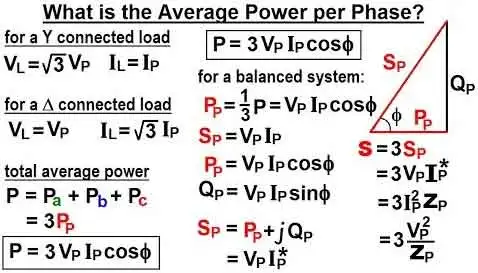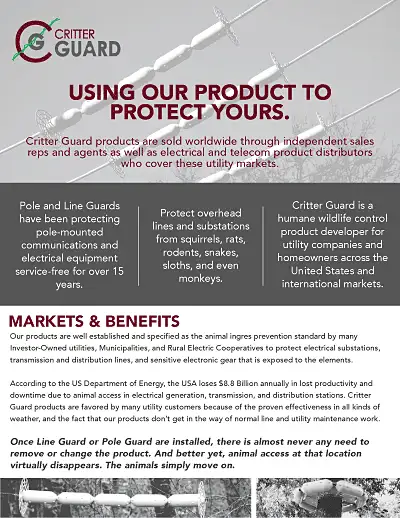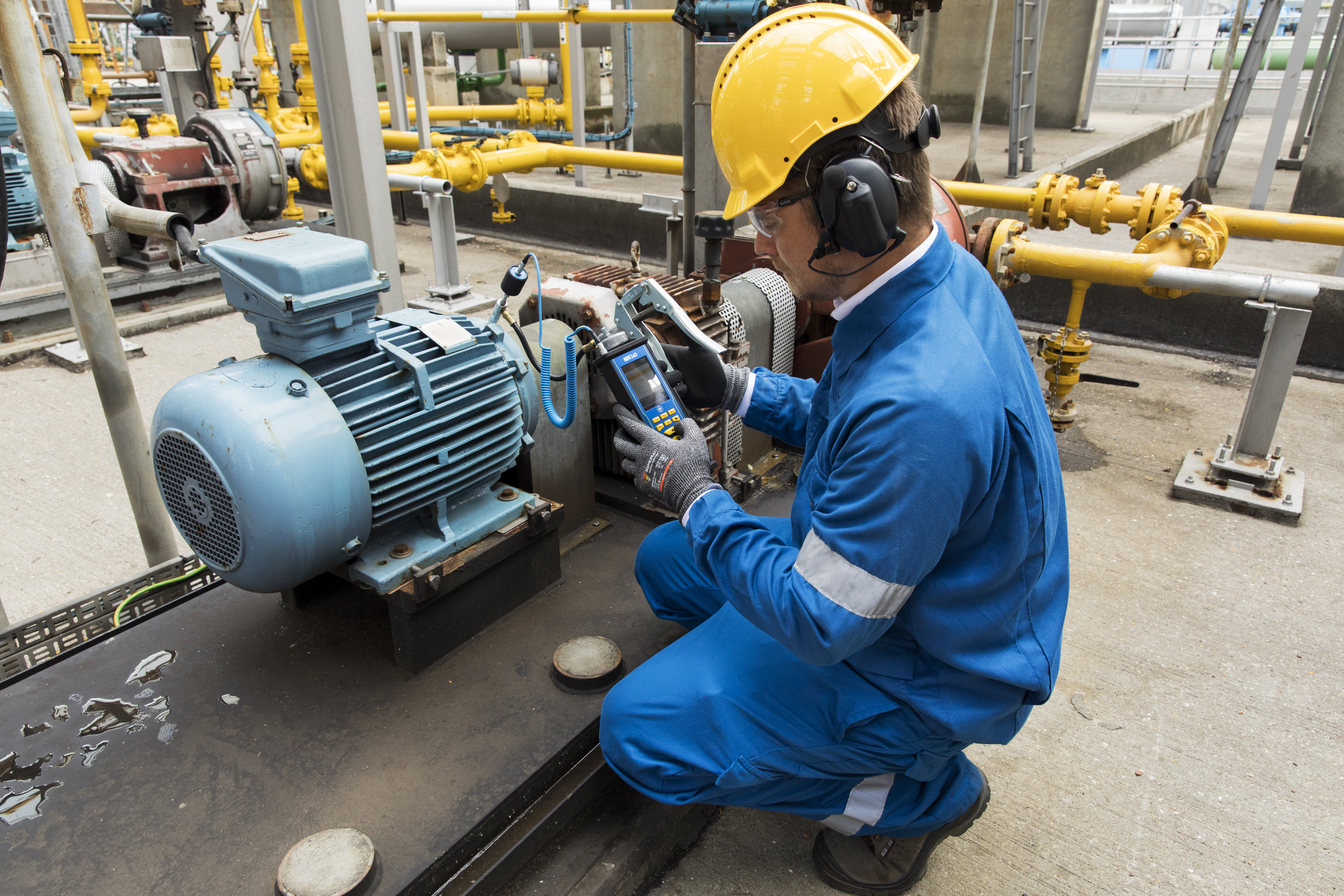Electrical Transformer Box
By R.W. Hurst, Editor
Power Transformer Maintenance Training
Our customized live online or in‑person group training can be delivered to your staff at your location.
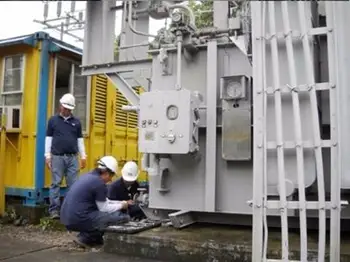
- Live Online
- 12 hours Instructor-led
- Group Training Available
Download Our OSHA 3075 Fact Sheet – Understanding Electrical Hazards in the Workplace
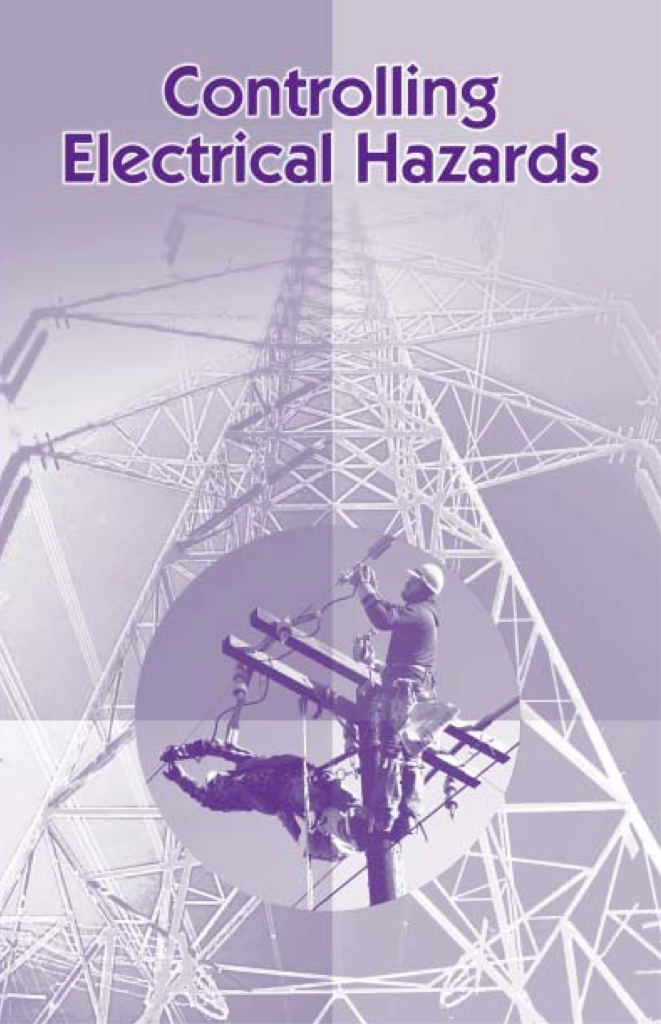
- Learn the effects of electric current on the human body
- Understand OSHA safety standards and protective devices
- Discover essential lockout/tagout and grounding practices
An electrical transformer box safely houses components that regulate voltage for power distribution. Common in residential, commercial, and industrial areas, it ensures efficient power delivery, overload protection, and voltage conversion within local electrical distribution systems.
What is an Electrical Transformer Box?
An electrical transformer box, often referred to as a "big green box" or "green metal box," is a critical component in modern power distribution systems. It:
✅ Protects and contains transformer components used for voltage regulation
✅ Ensures safe power distribution to homes, businesses, and facilities
✅ Designed for outdoor and underground utility use in various environments
These boxes, commonly found in front yards or near sidewalks, play a vital role in ensuring the efficient and safe delivery of service to homes and businesses. This article will explore the primary functions, key components, safety measures, types, and maintenance of these essential pieces of power equipment.
Electrical Transformer Maintenance Training
Substation Maintenance Training
Request a Free Training Quotation
Primary Function
The primary function of an electrical transformer box is to step down high voltages from power lines to lower, safer voltages suitable for residential and commercial use. These transformer boxes, commonly referred to as pad-mounted transformers, are connected to the transmission and distribution (T&D) grid via underground cables. They ensure a stable and reliable supply of power, facilitating the delivery of electricity from the utility company to individual service points.
Key Components
Inside an electrical transformer box, several key components work together to achieve its functions:
-
Core: The core is typically made of laminated steel and serves as the magnetic pathway for the transformer.
-
Windings: These are coils of insulated wire wrapped around the core, where the primary winding receives high voltage, and the secondary winding delivers lower voltage.
-
Insulation: Ensures isolation between different components and prevents short circuits.
-
Cooling System: This often involves oil or air to dissipate the heat generated during operation.
-
Protective Devices: Include fuses and circuit breakers to safeguard against overloads and faults.
Ensuring Safety
Safety is a paramount concern when dealing with transformer boxes that handle high voltages. Several measures are in place to ensure their safe operation:
Test Your Knowledge About Utility Transformers!
Think you know Utility Transformers? Take our quick, interactive quiz and test your knowledge in minutes.
- Instantly see your results and score
- Identify strengths and areas for improvement
- Challenge yourself on real-world electrical topics
-
Robust Enclosures: The green metal boxes are designed to be weatherproof and tamper-resistant, protecting the internal components from environmental damage and unauthorized access.
-
Grounding: Proper grounding of transformer boxes helps prevent shock hazards.
-
Regular Inspections: Utilities perform routine inspections to identify and address potential safety issues, such as leaks or corrosion.
Common Types
There are several types of transformer boxes, each suited to different applications:
-
Distribution Transformers: These are the most common type, used in residential areas to reduce high voltage from power lines to usable levels.
-
Power Transformers: Used in substations to transfer electricity between different voltage levels in the transmission network.
-
Pad-mounted transformers, installed at ground level and enclosed in tamper-resistant, green metal boxes, are ideal for areas with underground cable systems.
Maintenance and Troubleshooting
Proper maintenance is crucial for the longevity and reliability of transformer boxes. Maintenance tasks typically include:
-
Visual Inspections: Checking for signs of wear, damage, or leaks.
-
Thermal Imaging: Detecting hotspots that indicate potential problems.
-
Oil Testing: For transformers with oil-based cooling systems, oil quality and contamination levels are regularly tested.
Troubleshooting involves identifying and resolving issues that may arise. Common problems include:
-
Overheating: Often caused by overloading or inadequate cooling.
-
Insulation Failure: Can lead to short circuits and requires immediate attention.
-
Mechanical Damage: Such as dents or cracks in the enclosure, which could compromise safety and performance.
Electrical transformer boxes, commonly referred to as large green boxes, play a crucial role in modern distribution systems. By stepping down high voltages from power lines, these boxes ensure that equipment receives safe and reliable power. Understanding their primary functions, components, safety measures, types, and maintenance is essential for ensuring their efficient operation. With regular maintenance and adherence to proper safety protocols, transformer boxes can continue to provide reliable service to homes and businesses, ensuring our modern infrastructure operates smoothly.






